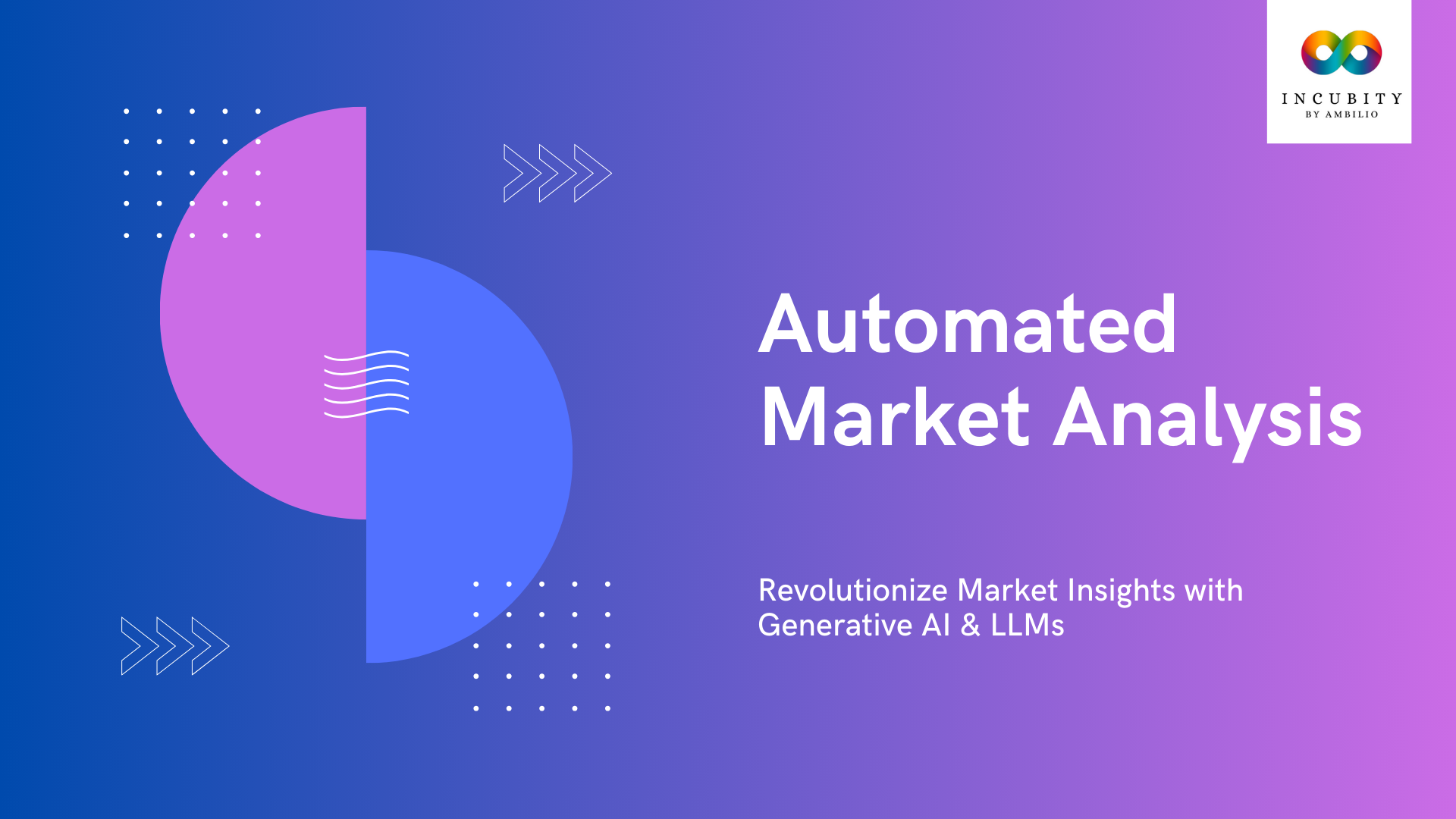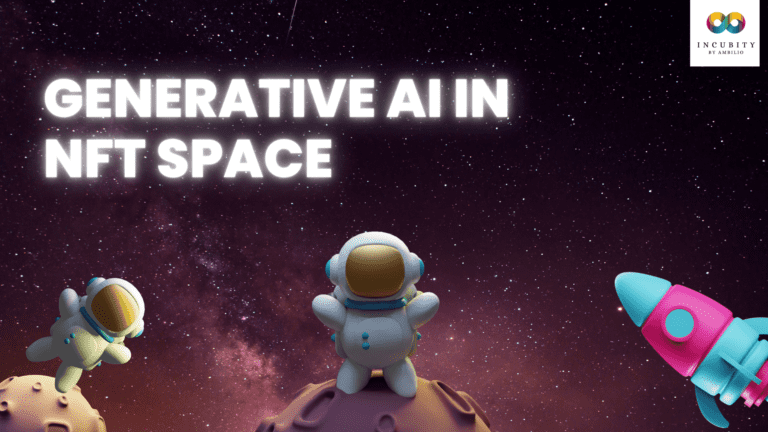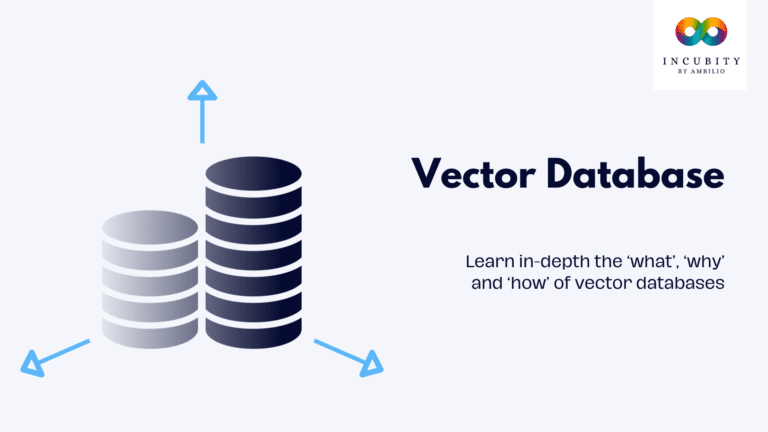In the realm of market research, the demand for deeper insights, faster analysis, and more actionable reports has surged. The convergence of Generative AI and Large Language Models (LLMs) has heralded a new era, offering a transformative solution that redefines the process of data collection, analysis, and reporting. This can be referred to as LLM Based Automated Market Research. This integration promises to revolutionize market research companies by harnessing the power of AI to automate and enhance these critical functions.
The Proposed Solution: LLM-Based Automated Market Research
The proposed solution, i.e., LLM-Based Automated Market Research, involves a seamless integration of Generative AI and LLMs to streamline market research operations. This entails a multi-step process, commencing with data collection from internet and social media sources, constructing a text corpus, applying LLM models to derive insights, utilizing these insights to generate tailored reports through Generative AI, and ultimately automating the entire process.
How It Works
The process initiates with data collection across diverse online platforms, compiling a comprehensive text corpus. This corpus serves as the foundation for subsequent analysis. LLM models equipped with Natural Language Processing (NLP) capabilities delve into this corpus, extracting meaningful insights such as emerging trends, sentiments, and competitive intelligence. These insights are then channeled into Generative AI models, which craft customized reports tailored to specific client needs or market segments. Finally, automation mechanisms integrate these steps into a cohesive, efficient workflow.
- Data Collection: Using web scraping techniques, data is gathered from various online sources including social media, news articles, forums, and blogs.
- Text Corpus Creation: The amassed data is processed and structured to form a comprehensive text corpus, ensuring a rich repository for analysis.
- Insights Extraction: LLM models apply sophisticated NLP algorithms to extract insights, deciphering sentiments, trends, and key topics from the text corpus.
- Generative AI Report Generation: Leveraging the extracted insights, Generative AI models craft tailored reports, presenting findings in easily digestible formats such as charts, graphs, and written summaries.
- Automation Integration: The entire process is automated, allowing for continuous data collection, analysis, and report generation, minimizing manual intervention.
Industries Benefiting from this Solution
A diverse array of industries stands to benefit from this innovative approach to market research. Sectors such as consumer goods, finance, healthcare, technology, and retail can leverage these capabilities to gain a competitive edge, optimize strategies, and better understand consumer behavior and market dynamics.
Key Benefits
The integration of Generative AI and LLMs in market research offers an array of substantial benefits:
- Enhanced Efficiency: Automation streamlines processes, reducing time and human effort required for data analysis and reporting.
- Deeper Insights: AI-powered analysis uncovers nuanced trends, sentiments, and customer preferences, providing richer and more actionable insights.
- Customized Reporting: Tailored reports cater to specific client needs, presenting findings in user-friendly formats for quicker decision-making.
- Competitive Advantage: Rapid access to market trends and competitor intelligence enables companies to adapt strategies swiftly, staying ahead in the market.
Conclusion
The convergence of Generative AI and Large Language Models presents an unparalleled opportunity for market research companies to elevate their capabilities. By harnessing these technologies, businesses can not only expedite and enhance the research process but also gain a deeper understanding of markets, customers, and competitors. This innovative approach promises to be a cornerstone in driving data-driven decisions, fostering innovation, and securing a competitive edge in the dynamic landscape of market research.







